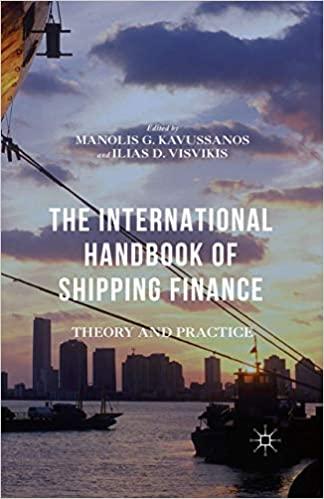Question
Consider the following three choice situations: Choice (i): ( $2500 , 1 / 2 ; $0 , 1 / 2 ) vs. ( $1300 ,
Consider the following three choice situations:
Choice (i): ( $2500,1/2 ; $0,1/2 ) vs. ( $1300,1 )
Choice (ii): ( $6000,1/4 ; $1000,3/4 ) vs. ( $2300,1 )
Choice (iii): ( $600,1/4 ; $400,1/4 ; $200,1/4 ; $0,1/4 ) vs. ( $400,1/2 ; $200,1/2 )
a) Suppose Josh is a risk-averse expected utility maximizer. For each choice, can we determine which option Josh will choose, or do we need more information?
b) For each choice, as Josh becomes more risk averse, does he become more prone to choose the first or second option?
c) Now suppose Josh has a CRRA utility function. For each choice, as Joshs wealth becomes larger, does he become more prone to choose the first or second option?
(Note: You should be able to intuit an answer to part (c) no math is needed.)
Step by Step Solution
There are 3 Steps involved in it
Step: 1

Get Instant Access to Expert-Tailored Solutions
See step-by-step solutions with expert insights and AI powered tools for academic success
Step: 2

Step: 3

Ace Your Homework with AI
Get the answers you need in no time with our AI-driven, step-by-step assistance
Get Started


